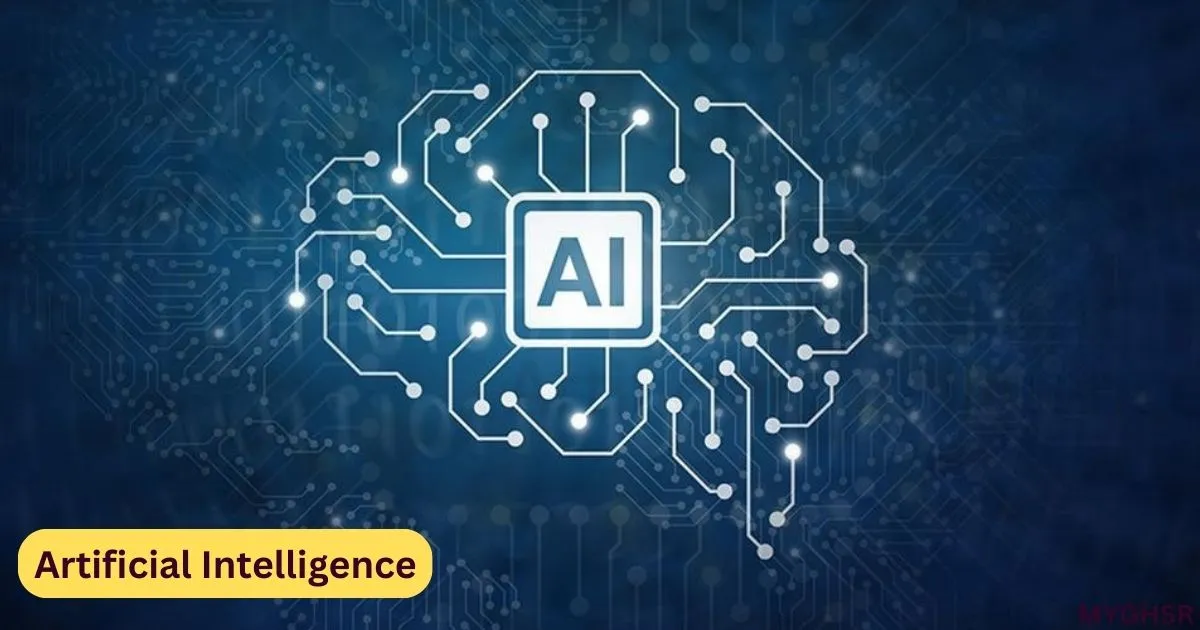Joe Biden Executive Order
In a rapidly evolving digital environment, the United States is taking active steps to ensure responsible development and regulation of artificial intelligence. President Joe Biden recently signed an executive order that lays the groundwork to protect the public from potential risks associated with artificial intelligence. In this article, we will consider the important objectives, key objectives, consequences of company AI, and the details of the important order and how they impact daily life.
A Safer AI Future: Protecting Consumers and Workers
Eight Core Objectives: What the Executive Order Sets in Motion
Immediate Safety Improvements: Action Within 90 Days
AI Council Oversight: A Team Effort
AI Standards and Safety Testing: Crucial Measures
The Defense Production Act: Ensuring Accountability
AI-Generated Content Verification: The Role of Watermarking
AI Bill of Rights: Extending Protections
Job Security in the Age of AI: Balancing Progress and Safety
Gov: Paving the Way for AI Talent
Each of these subjects can now understand the impact and significance of this administrative order.
A Safer AI Future: Protecting Consumers and Workers
The executive order signed by President Biden aims to pave the way to a more secure future through artificial intelligence. Recognizing the enormous potential of AI while recognizing the risks to consumers and workers. The main objective of the mandate is to strike a balance between innovation and security to ensure that AI benefits us all without compromising security.
Eight Core Objectives: What the Executive Order Sets in Motion
his order sets eight crucial objectives for the development of AI:
Safety: Ensuring AI technologies are safe to use.
Security: Protecting against potential cybersecurity threats.
Privacy: Safeguarding individuals’ private information.
Fairness: Promoting ethical and unbiased AI practices.
Consumer Protection: Shielding consumers from AI-related harm.
Worker Support: Focusing on job security and well-being.
Innovation: Encouraging AI innovation for economic growth.
Responsible Government Use: Ensuring responsible AI deployment within the government.
These goals are the foundation of a safe AI environment.
Joe Biden Executive Order
Immediate Safety Improvements: Action Within 90 Days
The executive order wastes no time in addressing security issues. Minor security improvements are expected in the next 90 days. This swift action reflects the government’s commitment to protecting the public from the risks of artificial intelligence.
AI Council Oversight: A Team Effort
The AI Council, chaired by White House Deputy Chief of Staff Bruce Reed, will be responsible for overseeing the plans outlined in the decision. This collaborative approach ensures that all aspects of AI development and regulation are thoroughly scrutinized.
AI Standards and Safety Testing: Crucial Measures
To improve the safety and security of AI, government agencies are tasked with creating standards to prevent misuse of AI, establishing best practices for content authentication, and dealing with potential cyber security threats. Top AI model developers should share security testing results to increase transparency.
The Defense Production Act: Ensuring Accountability
The Defense Production Act is a key tool that requires companies developing risky AI designs to notify the federal government and share the results of safety tests before they are made public. These measures are aimed at protecting national and economic security.
AI-Generated Content Verification: The Role of Watermarking
The Commerce Department is developing a watermarking system that would allow federal agencies to determine whether content was generated by AI. This action is necessary to maintain the credibility of government communications. Notably, AI companies such as OpenAI, Alphabet, and Meta-platform have further strengthened security by voluntarily agreeing to apply watermarks to AI-generated content.
AI Bill of Rights: Extending Protections
Privacy is a top priority in the digital age. To protect user privacy, the White House has asked Congress to adopt data privacy regulations and support the development of “privacy” measures. The new executive order expands guidance for employers, federal programs, and contractors and emphasizes the importance of best practices when investigating and prosecuting AI-related civil rights violations.
Job Security in the Age of AI: Balancing Progress and Safety
Artificial intelligence offers great possibilities for business, but also challenges for workplace safety. The administration is taking steps to provide guidance and best practices to employers. The Department of Labor and the Council of Economic Advisers are actively investigating how AI will impact the labor market. Meanwhile, the administration is demonstrating its commitment to addressing job security in the age of AI by launching AI.gov, a new career portal to attract AI talent to the federal government.
Also Read :- Life of Smartphone? How to Find the Expiration Date on Your Smartphone
